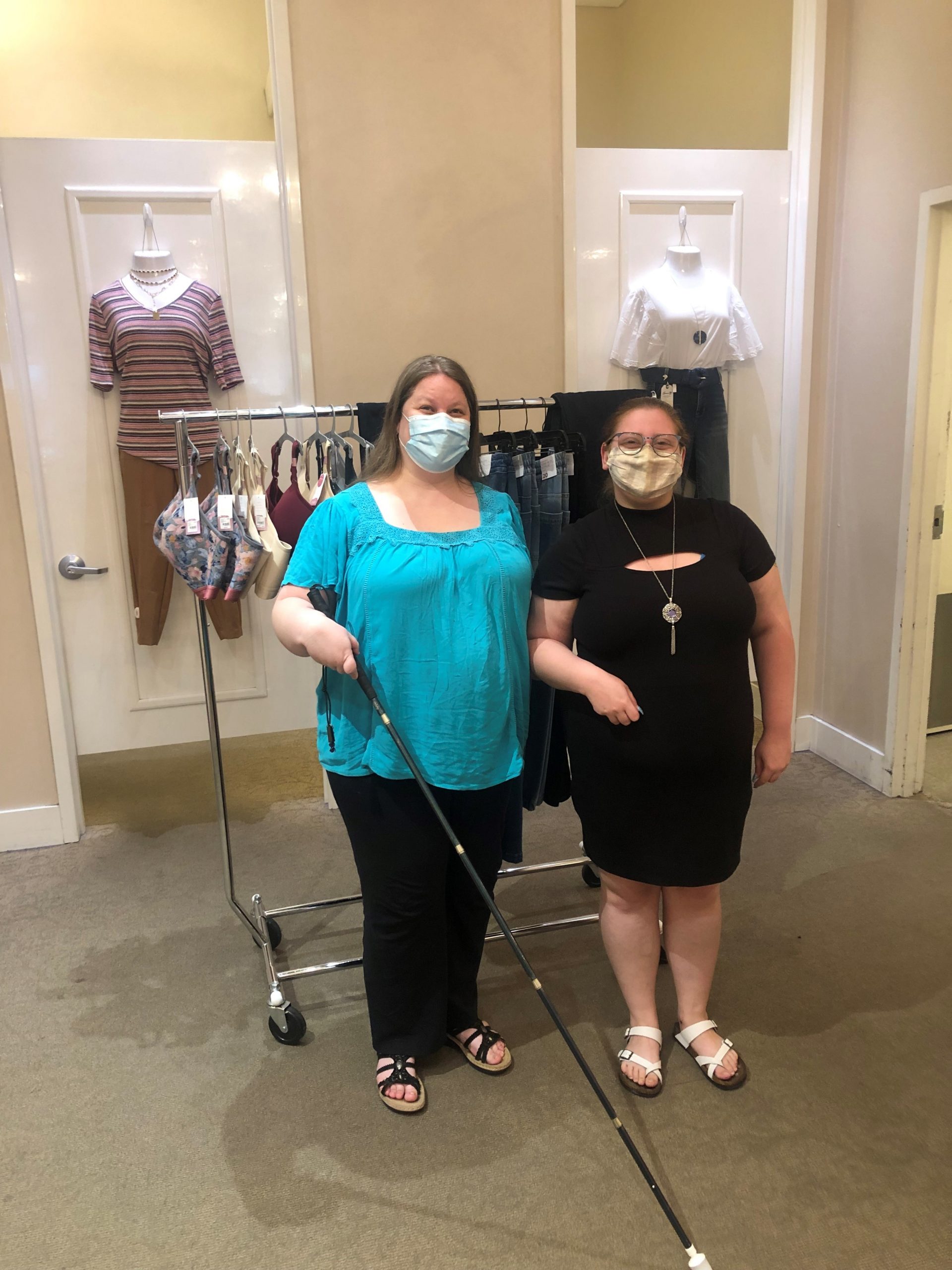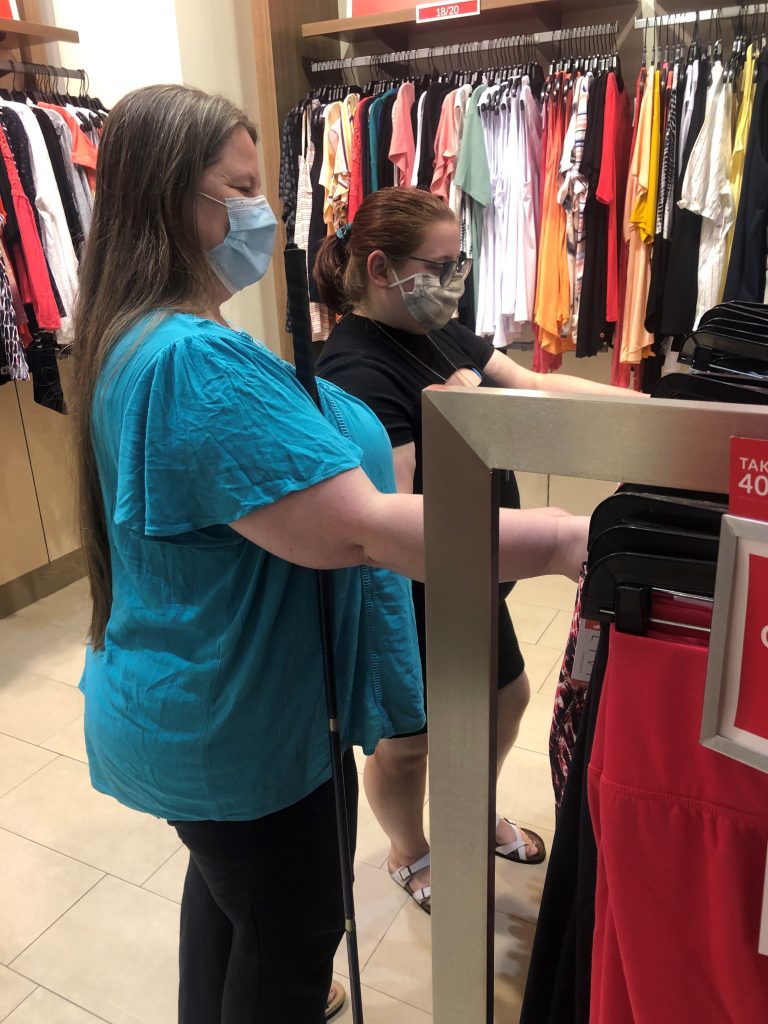
Do Independent Blind People Want Assistance?,
As a confident white cane user, I can comfortably travel on my own much of the time; but, in some situations additional assistance comes in handy. For instance, I might utilize a screen-reader-friendly navigation app on my smartphone to locate a specific business, or contact an event organizer to request a verbal orientation of the venue prior to my arrival. Assistive technology coupled with orientation and mobility training greatly increases my independence. Yet, there are times when direct human guidance is helpful. But each blind or low-vision individual’s needs for assistance are different and not all situations are the same for each person. I believe the best approach when wondering whether or not a person wants assistance is to simply ask, and then respect that individual’s choice to accept or decline the offer. The video How to Be a Sighted Guide, gives a brief overview of how one could initiate, conduct, and conclude a sighted guidance experience.
 Terminology: Sighted vs. Human Guide
Terminology: Sighted vs. Human Guide
Generally, I prefer the term human-guide because, “people with visual impairments may lead each other,” as Rehabilitation Counselor Tim Truzy states in 8 Human Guide Techniques for People with Visual Impairments. In fact, I am a trained human guide. It’s also appropriate to refer to someone who has functional eyesight and is assisting a blind person with proper techniques as a “sighted guide.” Truzy’s article demonstrates ways to effectively lead a blind person. Sighted or not, it’s my opinion that the most important aspect to being a human guide is remembering that the other individual is depending on you to keep them safe while smoothly transitioning from one place to another.
 A Positive Human Guide Experience
A Positive Human Guide Experience
I have certainly had my share of scary sighted guide encounters; but one experience stands out to me of how positive a human-guide experience can be. While recently shopping for new clothes, I met Destiny, a sales associate at Lane Bryant. She was attentive to my body language — making sure we moved at a pace that was comfortable for me. She navigated me around tight spaces and respected when I chose to use my cane in wider sections of the store. Destiny never spoke in a patronizing manner; and she asked clarifying questions to ensure that my shopping needs were met. Destiny and I established a trusting experience that empowered me to find the perfect clothes. And best of all … we had lots of fun!
Additional Resources for Positively Interacting with Blind or Visually Impaired People
How to Help a Visually Impaired
United in Stride: Sighted Guide Tutorial with audio description
Disability Etiquette with Professionals Who Are Blind or Visually Impaired